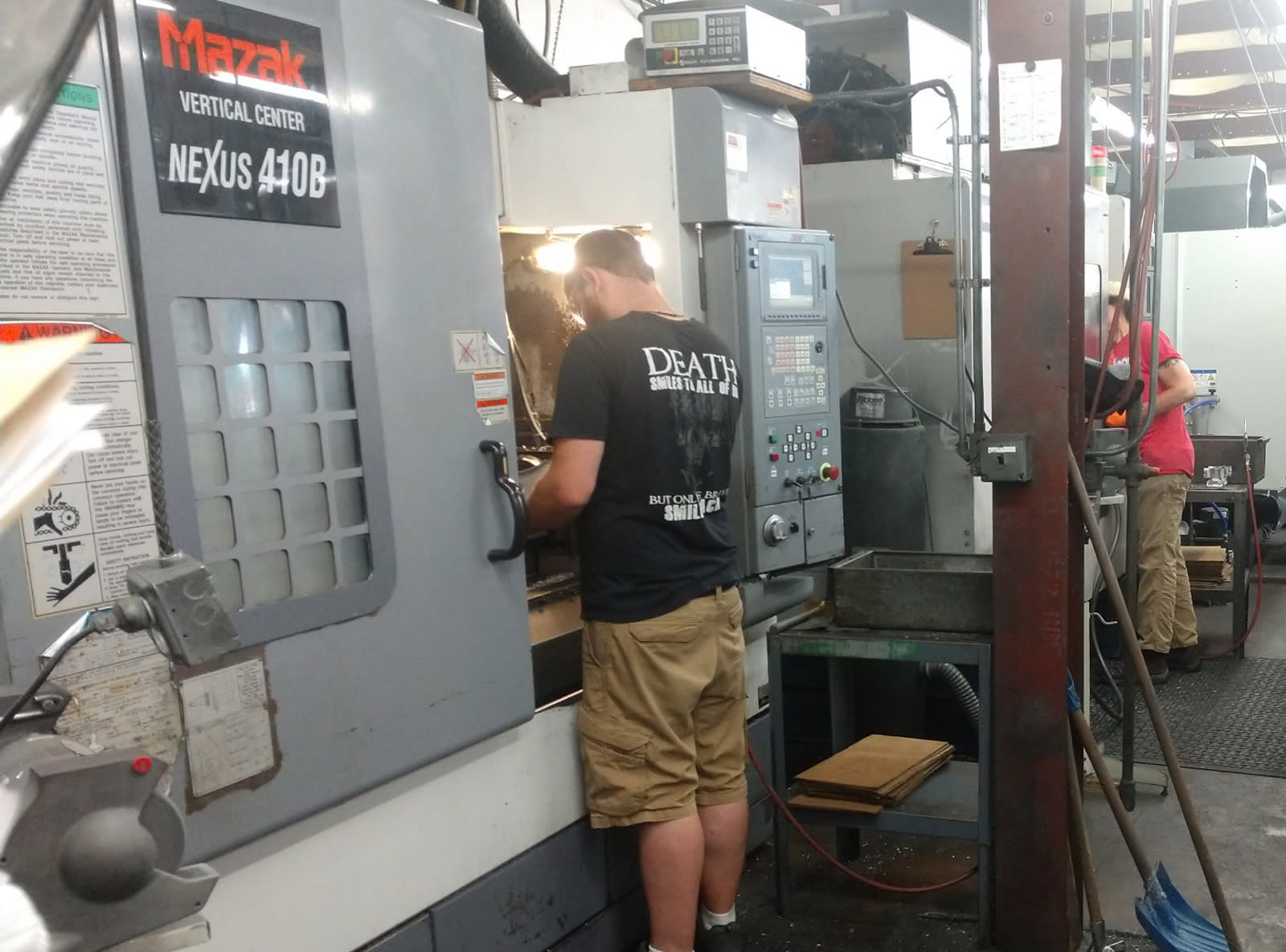Business Perspective: Manufacturing has vast economic impact in NH

Business Perspective: Manufacturing has vast economic impact in NH
“You make money by making something. You have to make something to make an economy work.”
That’s the wisdom of Tom White, president of New England Wire Technologies, a privately held, employee-owned company in Lisbon with a history dating back to 1898. Today, it designs and manufactures one-of-a-kind wire and cable solutions for customers around the world. New England Wire employs more than 400 employees and operates three shifts a day, five days a week.
New England Wire, a Business & Industry Association member, has seen robust growth in recent years. White said the company saw $72 million in sales in 2020, $96.5 million in 2021 and 2022 sales are projected at $118 million to $125 million.
“Manufacturing in New Hampshire is alive and well,” he said of the industry overall.
BIA, New Hampshire's statewide chamber of commerce and leading business advocate, was founded as the New Hampshire Manufacturers’ Association in 1913 by a group of manufacturers. The association changed its name in 1970 to reflect its diverse membership, but remains the New Hampshire affiliate of the National Association of Manufacturers.
Manufacturing’s economic footprint in New Hampshire is vast. NAM reports there were an average of 70,000 manufacturing employees in New Hampshire in 2019, more than 10% of the state’s workforce. New Hampshire manufacturers account for 11.6% of the state’s total output; $9.85 billion in 2018 and up from about $6.6 billion 2008.
Manufacturing employs the third most workers among the state’s industries, behind health care and social assistance, and retail, according to New Hampshire Employment Security. NHES reports manufacturing workers earned an average of $1,159 per week in 2020, $60,268 a year. NHES also reports the turnover rate in manufacturing is about 58% of the rate for workers in all industries.
“Manufacturing is one of the strongest sectors for salaries and benefits and allows workers to sustain their families,” said Val Zanchuk, president of Graphicast, a Jaffrey-based company founded in 1978.
Graphicast, a BIA member, develops and uses graphite mold casting technology to produce precision metal parts for original equipment manufacturers.
White agrees about the quality jobs provided by today’s modern manufacturers, but says greater awareness of these opportunities is needed.
“We need to reach into our education system to educate people about what jobs are available in manufacturing and how it can be an attractive career that allows you to make a good living,” White said.
He’s quick to credit New England Wire’s employees.
“Any company, I don’t care where or what it is, depends on the quality of the workforce,” White said. “Our people have been very loyal, and it’s paid off in spades at New England Wire. Our success is a credit to our people.”
Manufacturing employs people in every corner of the state. Hillsborough County has the most industrial jobs at 29,531 as of 2021, according to Manufacturers' News. It’s followed by Rockingham County (22,887) Merrimack County (9,259), Cheshire County (7,848) and Grafton County (6,140). Manchester leads all Granite State cities with 8,329 workers.
“Manufacturing drives growth in the state,” Zanchuk said.
But manufacturing is not immune to the state’s worker shortage and that’s prompting further use of technology as companies look to keep their operations humming.
Adaptation is in the DNA of manufacturing and Zanchuk points to the Manufacturing 4.0 concept. M4.0, or Smart Manufacturing, includes the use of advanced robotics, artificial intelligence, Internet of Things, machine monitoring, digital simulation, 3-D printing and data analytics.
“Evolving technologies and their implementation is making manufacturing stronger, more resilient, more capable,” he said. “New technologies are helping to keep operations afloat.”
More companies are moving in that direction as the cost of technology falls. Zanchuk said five years ago it would have cost Graphicast $25,000 to monitor one machine, for example. Now, Graphicast monitors its whole operation, 11 machines, for $35,000.
“We’re not there yet, but we’re looking at the potential need for robots to run machines that we can’t find people for,” he said.
The ability of smaller manufacturers to join the M4.0 movement is helping them expand niche production, including advanced manufacturing.
“I feel strongly that’s where manufacturing is going to go,” White said. “Growth opportunities include identifying manufacturing work other areas of the world are not interested in doing.”
Neither White nor Zanchuk see a future of full automation and say increased use of technology will create new indirect jobs. Zanchuk particularly sees growth in cybersecurity to support the M4.0 digital age.
White said manufacturing provides good, stable jobs across the employment spectrum, including engineering, accounting and general labor. “It brings in a lot of quality people,” he said.
The Economic Policy Institute estimates one new manufacturing job in the U.S. results in 7.4 new jobs in other industries, while one new retail job creates 1.2 new jobs.
“New Hampshire is blessed with a lot of quality manufacturing companies,” White said.
Michael Skelton is president and CEO of the Business & Industry Association.
Additional Info
Media Contact : Rick Fabrizio, rfabrizio@biaofnh.com
